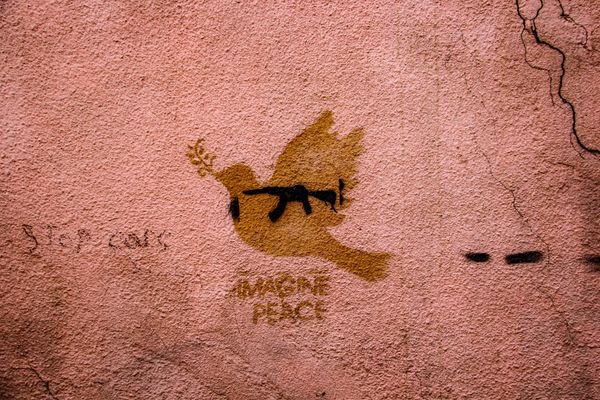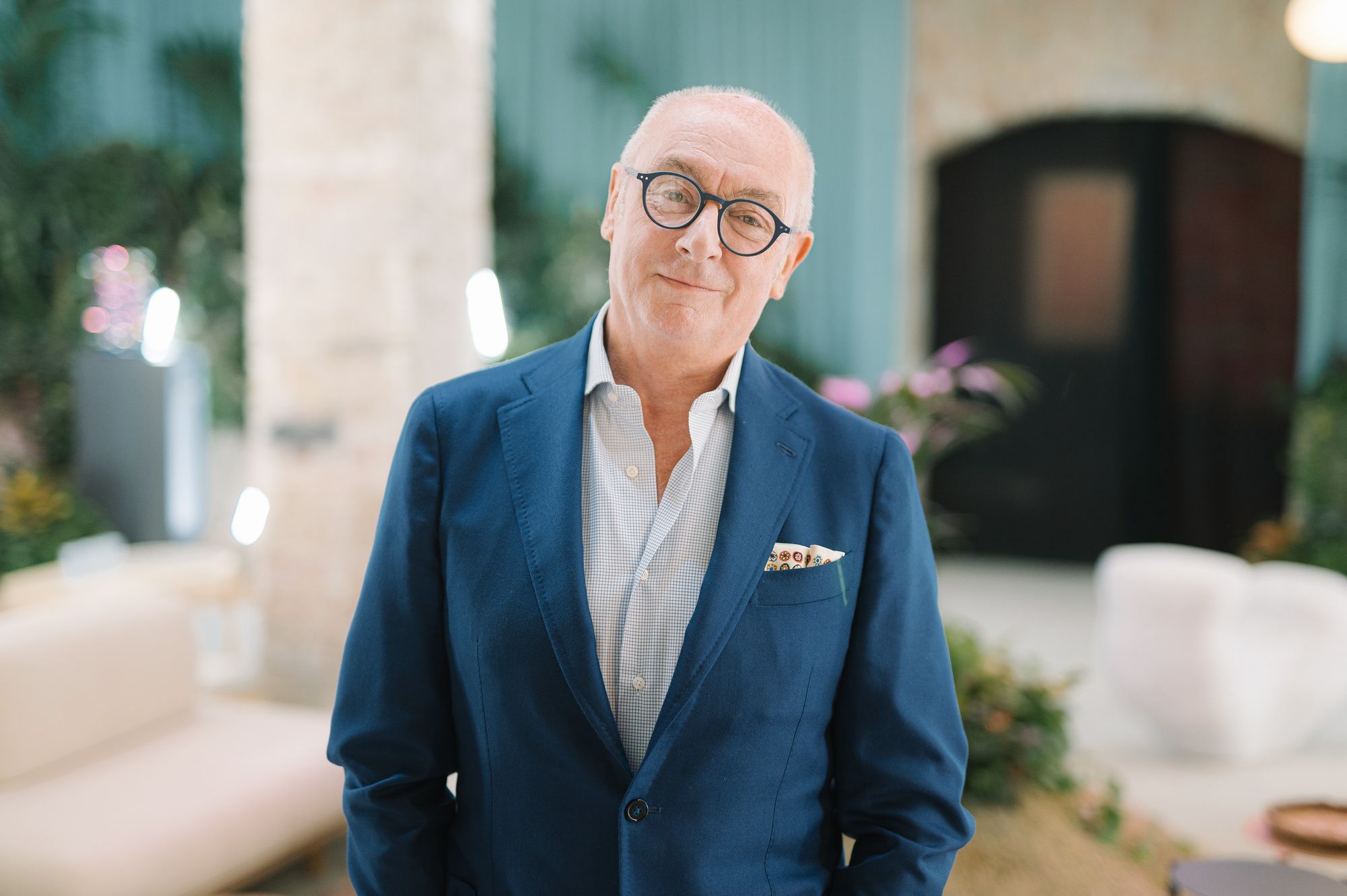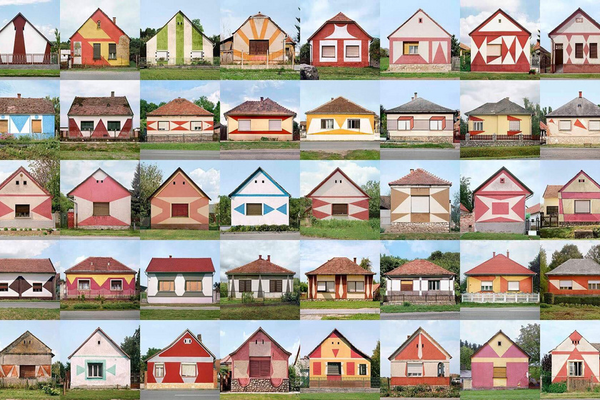Design doesn’t equal beauty, it’s rather about idealism and a rational, yet intuitive attitude. The work of Piero Lissoni, one of the most prominent figures of contemporary design and architecture, supports these ideas. His creative behaviour builds on a humanist model complemented by sophisticated aesthetics and—as he puts it—an international form of expression and most importantly, an Italian soul. This interview was published in print in Hype&Hyper 2022/6.
Piero Lissoni arrived in the Hungarian capital to attend 360 Design Budapest hosted by the Hungarian Fashion & Design Agency. During his speech, given as part of the event, the audience had the chance to immerse themselves in the architect’s multifaceted portfolio as Lissoni’s works are not only grand in scale, but also touch upon many parts of the world. He’s not only designed an espresso coffee maker for Alessi and premium furniture and illuminators for B&B Italia, Knoll, Kartell and Flos, his creative genius is also reflected in the interior of a Sanlorenzo luxury yacht. All around the world, the interiors of hotels and museums, and concept art for skyscrapers, as well as other graphic design works echo his sophisticated minimalistic style. He emphasises, though, that all of this could only come to life by being part of a community: with offices in Milan and New York, his design studio, Lissoni&Partners, have been part of the design scene for 30 years. Listening to his speech, he made it clear that when working in the field of architecture, a curious and open attitude is not enough, as in order to realise a project, one needs to take risks, build on their mistakes and be able to continuously self-reflect.

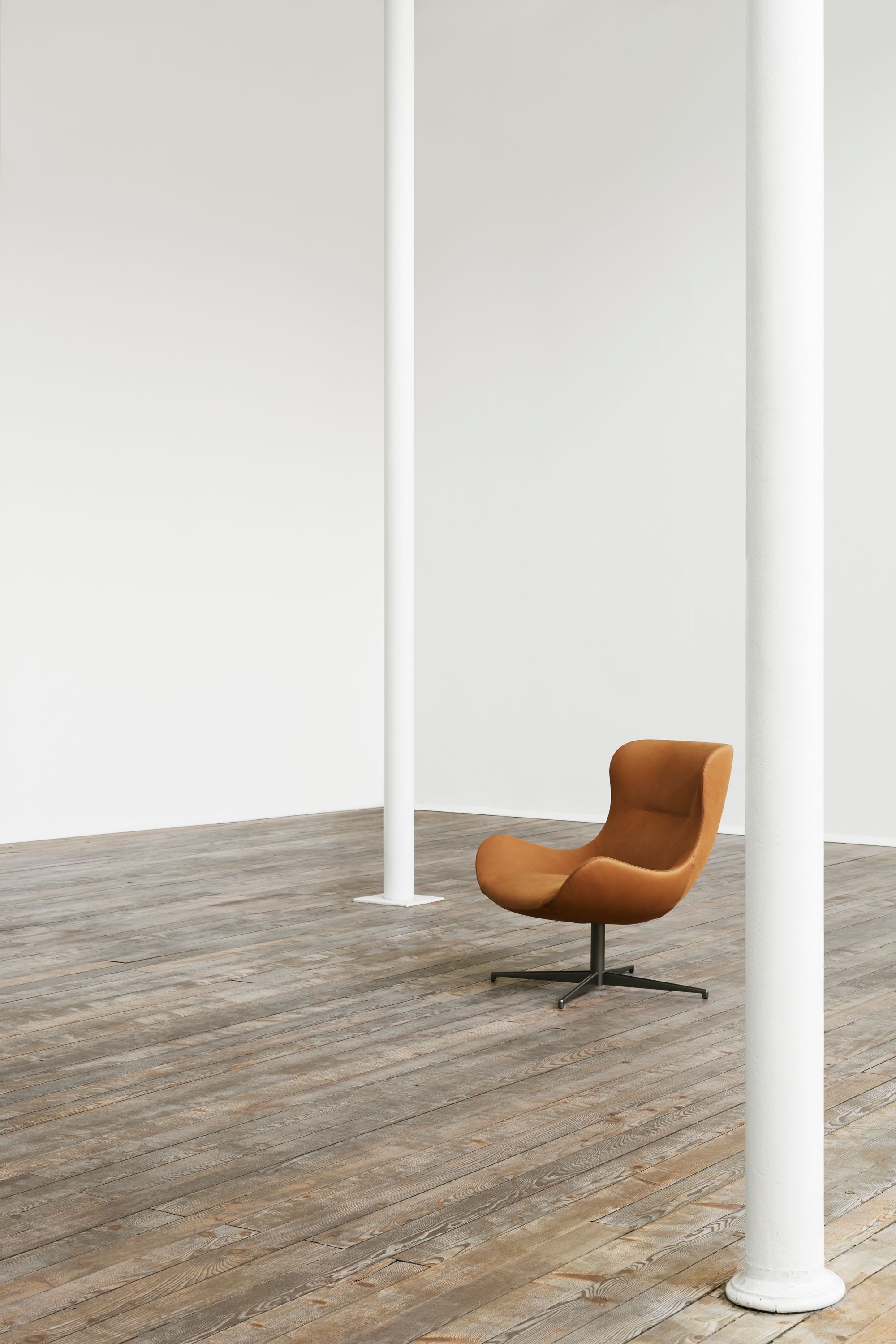
We had the chance to talk to the architect before his speech at the 360 Design Budapest venue. Piero Lissoni took a seat on the banana fabric couch designed by Kele Sára with an air of raw, yet charismatic honesty. Surrounded by the objects of Hungarian, Polish, Czech, Ukrainian and Lithuanian designers, we talked about his design attitude, his approach towards the tendencies of design on a global scale, and what he envisions for the future of the contemporary design scene shaping the Central and Eastern European region.
You said in an interview once: “In Italian culture if you are able to design a spoon, you are able to design a town”. It certainly looks like you feel comfortable in whatever field of design—architecture, interior, product or graphic design—we are talking about. When was the moment you knew you wanted to take this path?
Humanism is a part of Italian culture, and in Milan, we grow up with this ideal. First you need to be human, then part scientist and engineer, a bit crazy and an anarchist, and then maybe you can become a designer or an architect. I started drawing and pouring my thoughts on paper at a very young age. Wanting to become a Formula 1 pilot or an astronaut never even crossed my mind. I always knew I wanted to be an architect.
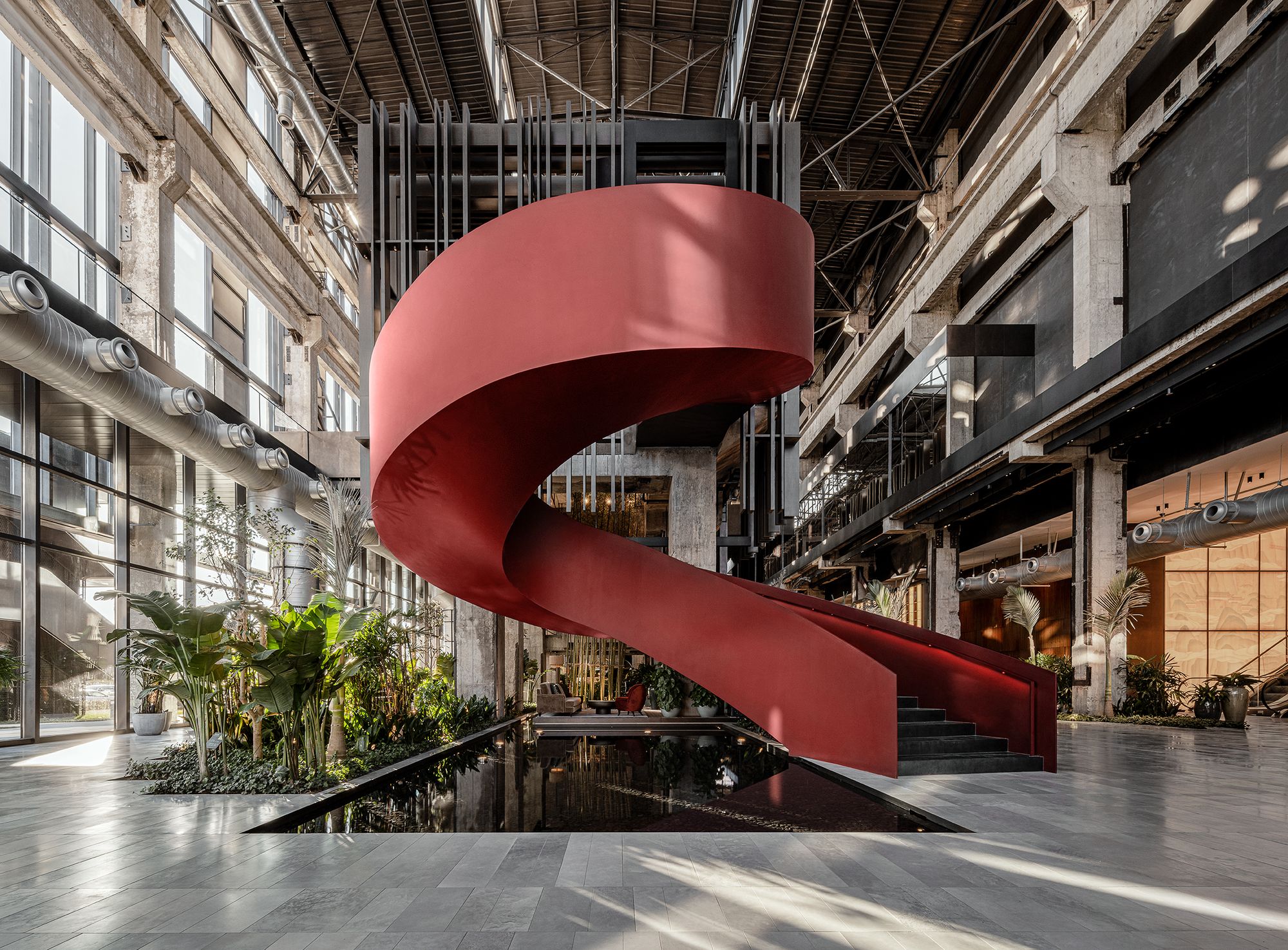
Art, architecture, music, literature and gastronomy are deeply embedded in Italian culture. Art is not banished to museums, you stumble upon it on every corner, and the biggest status symbols of the century—in design, fashion or the automotive industry—also lead back to Italy. As a master of architecture and design, what kind of relationship do you have with literature, music and fine art? Do they serve the purpose of inspiration or relaxation?
I believe this is a cultural approach or may I say, a way of life. When you’re a designer or an architect, you need to connect with art, music, fashion, photography and even food and fragrances—the things that make life worth living. This is a 360 degree process, a circular system of creativity.
Roman architect Vitruvius summarised in his paper what it takes to be an architect: mathematics and geometry are not enough, one must be knowledgeable in astronomy and poetry as well. Literature and culture in general are tools to broaden our knowledge and they offer a way to become good architects and designers. These ideas are important because they outline the difference between being from Europe or Italy compared to other parts of the world.

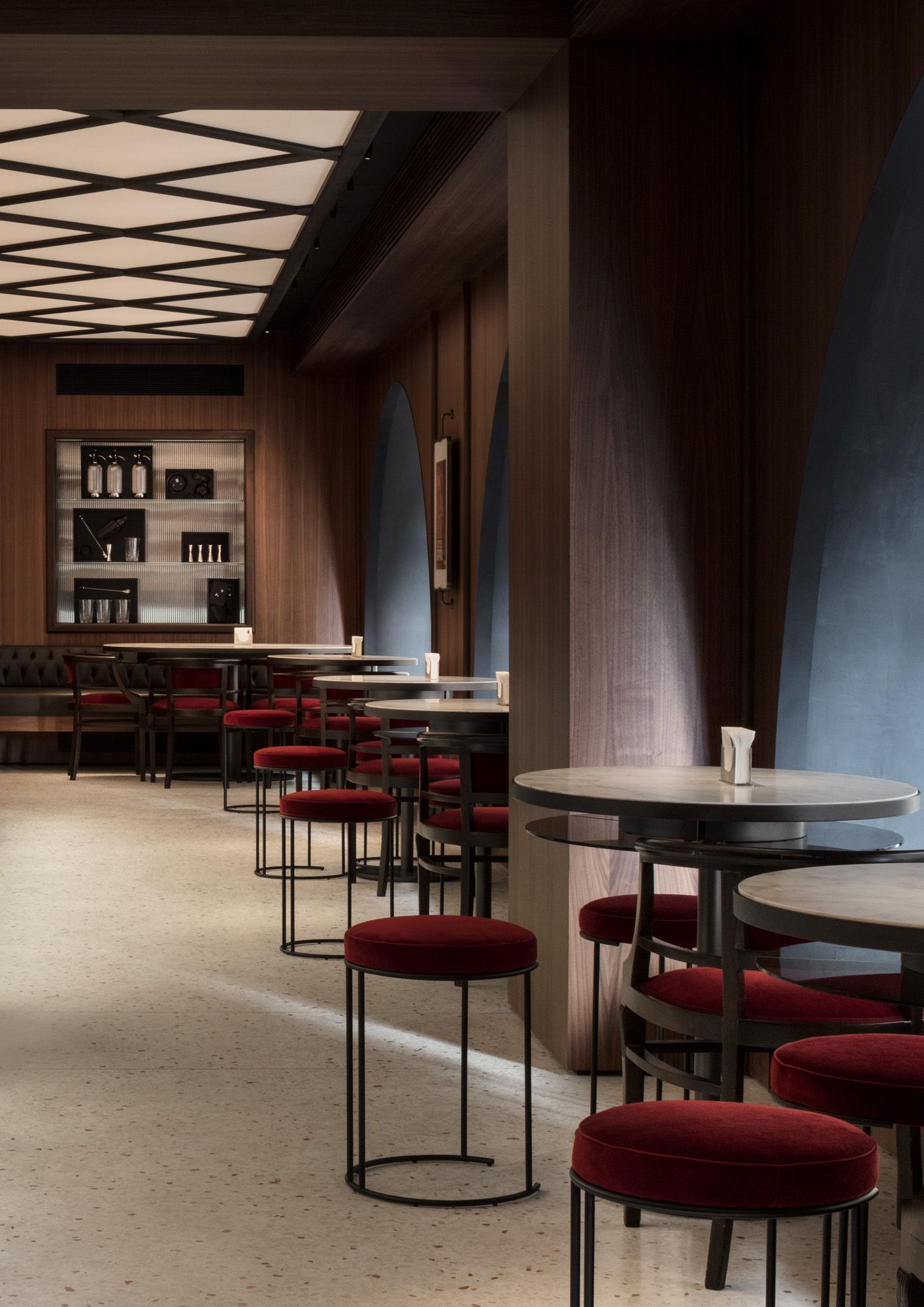
You’ve designed hotel interiors all over the world: in China, the US, in the United Arab Emirates, but also in Europe, for example in Croatia, or here, in Hungary. The building of Hotel Dorothea in Budapest is fascinating in itself for combining three different styles: Art Nouveau, modernism and historicism. In terms of the interior, what shaped the concept—your view on contemporary hotels or the local context and history?
As an architect, you need to define your relationship to the surrounding space. Another crucial question is the connection between you, the space, the culture and the locals. With Hotel Dorothea, our goal was to create a local “fragrance”, an intimate atmosphere with the interior that resonates well with how you generally feel when in Budapest. Some sources of inspiration were water in the city, different historic elements or the feeling that you are in Europe, but not entirely. Still, I’m an architect of modernism therefore I ought to be modern and contemporary. However, I also like to be international with an Italian soul.
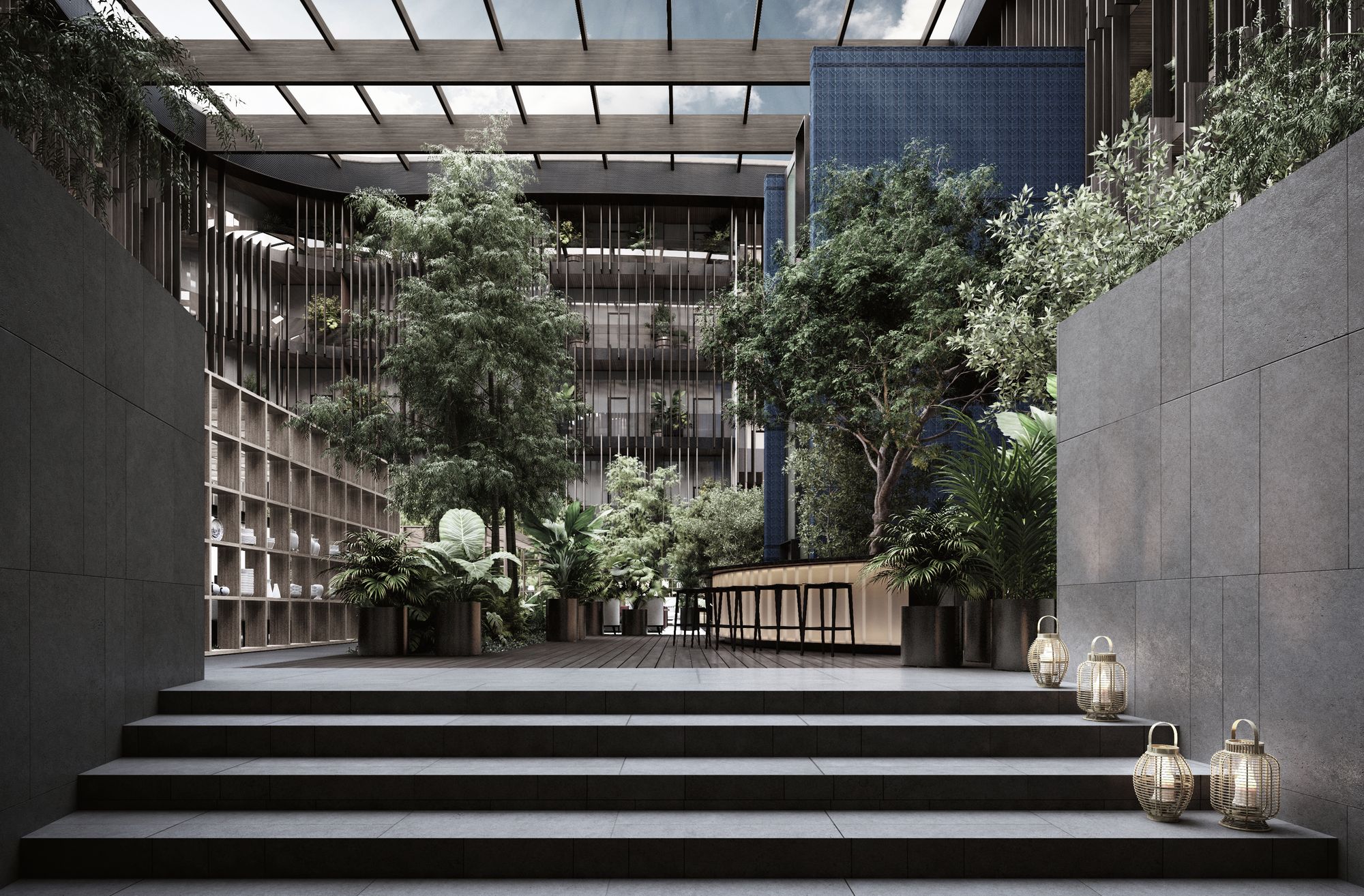
Technological innovation has perhaps the greatest influence on the automotive industry. The design of electric cars is heavily affected by new technologies, but the image of several different car manufacturers have changed to “flat design”. What kind of influence do you think digitalisation has on architecture and premium design?
Building 500 kilometres of aqueduct for the Ancient Romans was technologically, an almost impossible feat. Or just think about the technology of the ‘50s and ‘60s—the cars, the music and the movies of the era or the ways people built towers back then. Now, 60 years later, in 2022, we use a great deal more advanced solutions which means that the scale always depends on the given moment. More and more digital tools, sophisticated microchip controls and 3D visualisations are used with the electronic technologies that influence our lives or social issues or the metaverse. Basically, here we are again: adapting to our culture’s technologies.
In the field of design, we use multiple robots, something which sounded like science fiction 20 years ago. Yet, at the same time, there are also more people working together. We can’t know what the next step is going to be, and we need to regularly stop and think about how we can vertically connect to our culture.
Portrait: Milán Rácmolnár
Photos: Tommaso Sartori, Tsing Lim, Erik Lefvander, Santi Caleca
Dorothea Hotel & Residences, Budapest visualisation ©Lissoni Casal Ribeiro
Continue reading in H&H magazine issue no.6!
ORDER HERE!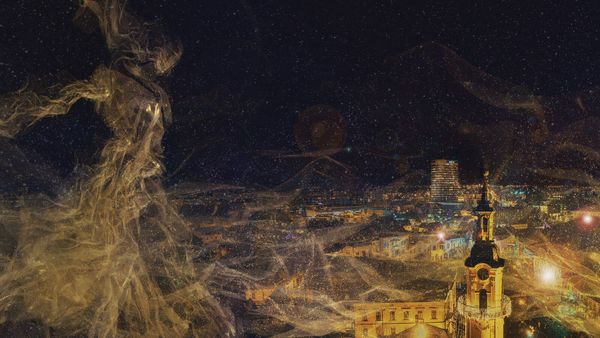
The Veszprém-Balaton 2023 European Capital of Culture program series starts this week!
